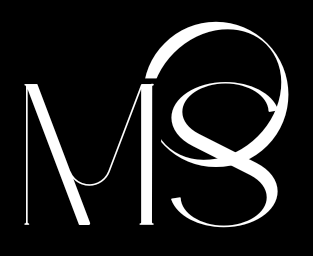Have you ever found yourself humming a catchy tune or getting lost in the rhythm of your favorite song, only to realize later that the lyrics had a deeper meaning than you initially thought? Welcome to the world of subliminal messaging in pop culture and music – a realm where hidden messages lurk beneath the surface, waiting to be uncovered.
From hidden references and double entendres to subtle symbolism and cryptic imagery, subliminal messaging has long been a staple of pop culture and music. But what exactly is subliminal messaging, and how does it manifest in the world of entertainment? Let’s dive in and uncover the secrets behind the beat.
Decoding Subliminal Messaging in Music
Music has a unique power to evoke emotions, trigger memories, and even shape our beliefs and attitudes. But beyond the catchy melodies and infectious rhythms lie layers of meaning waiting to be deciphered. Subliminal messaging in music often takes the form of hidden messages embedded within the lyrics, melodies, or even album artwork.
One classic example is the infamous “Paul is Dead” conspiracy surrounding The Beatles. Fans speculated that clues hinting at Paul McCartney’s supposed death were hidden in the band’s songs and album covers, sparking a frenzy of rumors and speculation.
The Power of Repetition and Association
One of the key mechanisms through which subliminal messaging operates in music is through repetition and association. By repeatedly exposing listeners to certain themes, symbols, or messages, artists can subtly influence their perceptions and beliefs over time.
For example, consider the prevalence of product placement in music videos. Brands often pay hefty sums to have their products featured prominently in music videos, capitalizing on the association between the product and the artist’s image or message.
Subliminal Messaging in Lyrics
Lyrics are perhaps the most direct vehicle for conveying subliminal messages in music. Artists often use clever wordplay, metaphor, and innuendo to convey deeper meanings beneath the surface. From political commentary and social critique to personal confessions and hidden agendas, the possibilities are endless.
Take, for instance, the song “Hey Ya!” by Outkast. On the surface, it’s an upbeat and infectious anthem, but the lyrics delve into themes of disillusionment and the fleeting nature of love and happiness – a stark contrast to its danceable melody.
The Ethics of Subliminal Messaging
While subliminal messaging in music can be a powerful tool for expression and communication, it’s not without its ethical considerations. Critics argue that covert manipulation of listeners’ emotions and beliefs crosses ethical boundaries, infringing on their autonomy and right to make informed choices.
Furthermore, the line between artistic expression and manipulation can often blur, raising questions about the responsibilities of artists and the role of consumers in interpreting and critiquing the media they consume.
Conclusion: Unveiling the Secrets Behind the Beat
In conclusion, the subtle power of subliminal messaging in pop culture and music is a fascinating phenomenon that continues to intrigue and captivate audiences worldwide. Whether it’s hidden messages in song lyrics, symbolic imagery in music videos, or subtle references in album artwork, the influence of subliminal messaging extends far beyond what meets the eye – or ear.
As consumers, it’s essential to approach the media we consume with a critical eye and a discerning ear, questioning the motives and intentions behind the messages we encounter. By understanding the mechanisms of subliminal messaging and the potential implications for our beliefs and behaviors, we can better navigate the complex landscape of pop culture and music – one hidden message at a time.





 No products in the cart.
No products in the cart.